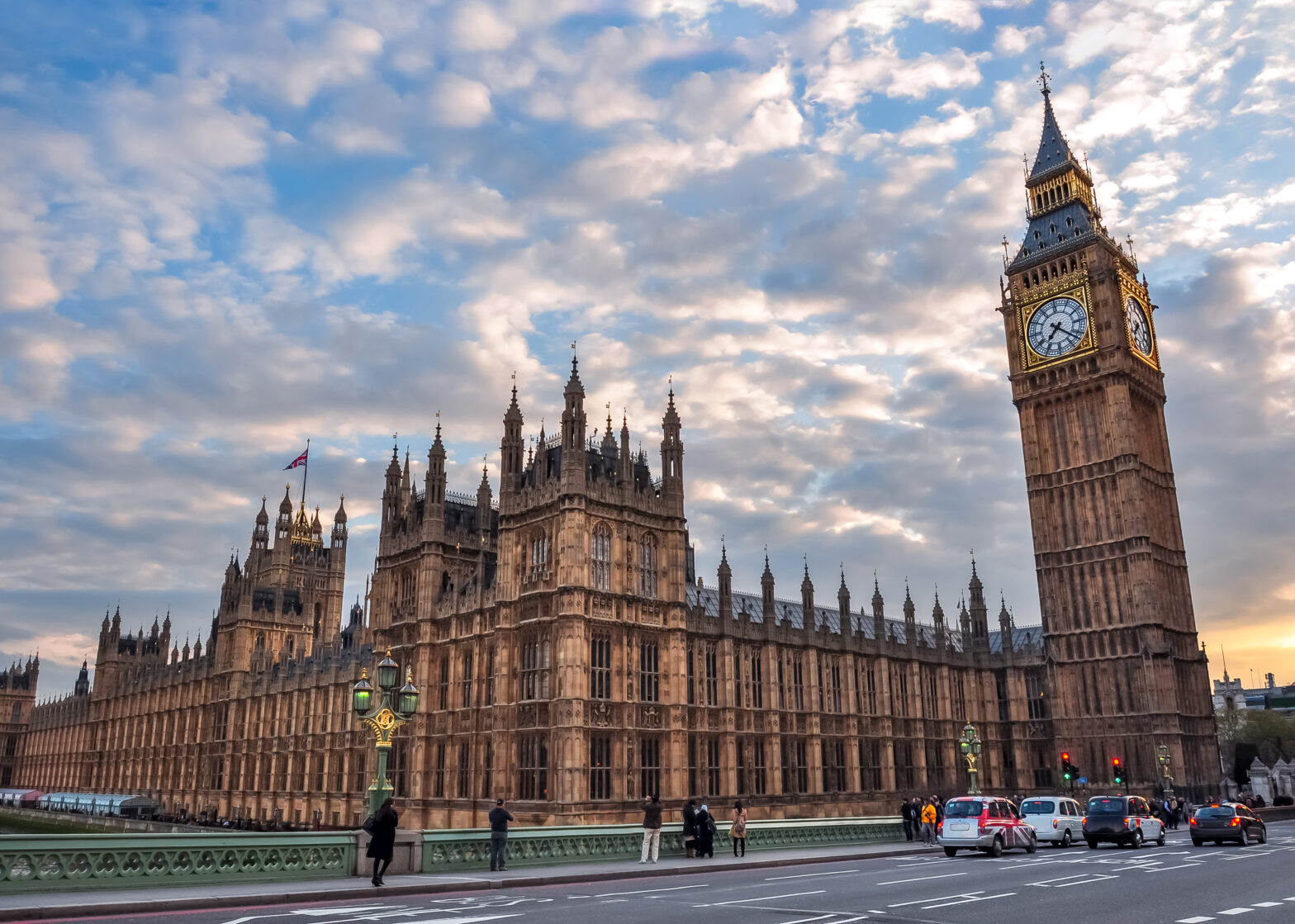This announcement comes as part of a new national telecoms strategy created by the Department for Digital, Culture, Media and Sport (DCMS).
Under the targets set out in their “Future Telecoms Infrastructure Review“, there will be UK-wide full-fibre broadband coverage by 2033, replacing the copper wire network that currently delivers the service.
The UK is behind other European countries when it comes to full-fibre connections. Only 4% of homes in the UK currently have access to this technology, compared with 89% of households in Portugal and 71% of homes in Spain.
>See also: Ultrafast speeds: 100,000 London homes set for full fibre broadband
DCMS Secretary Jeremy Wright, said: “We want everyone in the UK to benefit from world-class connectivity, no matter where they live, work or travel.”
“This radical new blueprint for the future of telecommunications in this country will increase competition and investment in full-fibre broadband, create more commercial opportunities and make it easier and cheaper to roll out infrastructure for 5G.”
>See also: The week in UK tech: Trump’s trade deal, Brexit and digital services
Andrew Glover, Chair of the Internet Service Providers Association (ISPA), said: “The broadband sector is at an exciting intersection and ready to be propelled into the next full fibre phase of its development. It will be crucial for industry to work collaboratively and in close consultation with Government and Ofcom to further identify how the sector can be best stimulated to deliver the future-proof infrastructure the country needs. We particularly look forward to working further with the Government to remove barriers to broadband rollout; the single most important lever policymakers can use to accelerate the rollout of infrastructure.”
Expense issues
Despite many welcoming this an excellent step for the UK, some have noted how it is proving very expensive given how it will require an additional £3-£5 billion for fibre to reach rural areas.
Evan Dixon, CEO of Viasat Inc., said: “The government needs to properly future proof the UK’s broadband infrastructure as a matter of urgency, and today’s investment is an admirable step in ensuring this happens. But 2033 is a long time away. What will the people in rural communities do today to get connected? As a country, the UK has become fixated on fibre to deliver broadband, blinding us to other ways of delivering internet. Providing a fibre connection outside of urban areas is challenging, disruptive to infrastructure, and incredibly expensive, as outlined by the additional £3-£5 billion budget required to reach rural areas.”
>See also: The UK Government’s Transformation Strategy
“We need a mix of technology to connect people now, or we risk showing off our full-fibre network in 15 years’ time when other countries may have already taken the next leap ahead. The government needs to be much more ambitious in providing better connections irrespective of technology, rather than relying solely on fibre. Without this variety, we risk further widening the divide by delaying rollout to other areas, creating a two-tiered nation of broadband haves and have-nots. This two-tier problem will have ongoing effects on education, opportunity and investment, creating a vicious circle where the gap between haves and have-nots keeps expanding.”
Nominations are now open for the Women in IT Awards Ireland and Women in IT Awards Silicon Valley. Nominate yourself, a colleague or someone in your network now! The Women in IT Awards Series – organised by Information Age – aims to tackle this issue and redress the gender imbalance, by showcasing the achievements of women in the sector and identifying new role models







